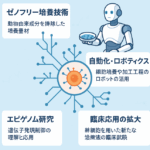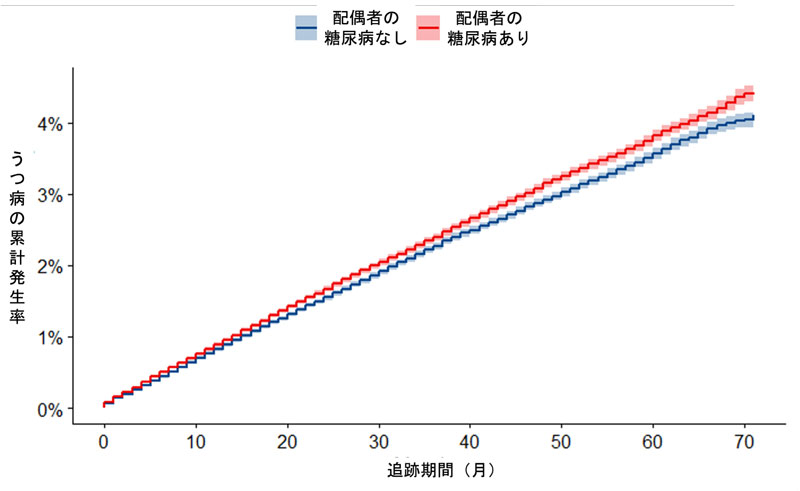2025-04-24 京都大学iPS細胞研究所
<関連情報>
- https://www.cira.kyoto-u.ac.jp/j/pressrelease/news/250424-100000.html
- https://www.life-science-alliance.org/content/8/7/e202402837
呼吸器合胞体ウイルス感染モデルとしてのヒトiPS細胞由来呼吸器オルガノイド Human iPS cell–derived respiratory organoids as a model for respiratory syncytial virus infection
Rina Hashimoto, Yukio Watanabe,Abeer Keshta, Masaya Sugiyama, Yuki Kitai, Ai Hirabayashi, Naoko Yasuhara, Shiho Morimoto, Ayaka Sakamoto, Yasufumi Matsumura, Hidekazu Nishimura, Takeshi Noda, Takuya Yamamoto, Miki Nagao, Makoto Takeda, Kazuo Takayama
Life Science Alliance Published: 22 April 2025
DOI: 10.26508/lsa.202402837

Abstract
Respiratory syncytial virus (RSV) is a seasonal respiratory pathogen that primarily affects young children, potentially causing severe lower respiratory tract disease. Despite the high disease burden, understanding of RSV pathophysiology remains limited. To address this, advanced RSV infection models are needed. Whereas HEp-2 cells are widely used because of their high susceptibility to RSV, they do not accurately reflect the host response of the human respiratory tract. In this study, we evaluated human-induced pluripotent stem cell-derived respiratory organoids, which contain respiratory epithelial cells, immune cells, fibroblasts, and vascular endothelial cells, for their potential to model RSV infection and support pharmaceutical research. RSV-infected organoids exhibited high viral genome and protein expression, epithelial layer destruction, and increased collagen accumulation. Pro-inflammatory cytokine levels in culture supernatants also increased post-infection. Furthermore, RSV infection was significantly inhibited by monoclonal antibodies (nirsevimab, palivizumab, suptavumab, or clesrovimab), although ribavirin showed limited efficacy. These findings highlight the utility of respiratory organoids for RSV research.


